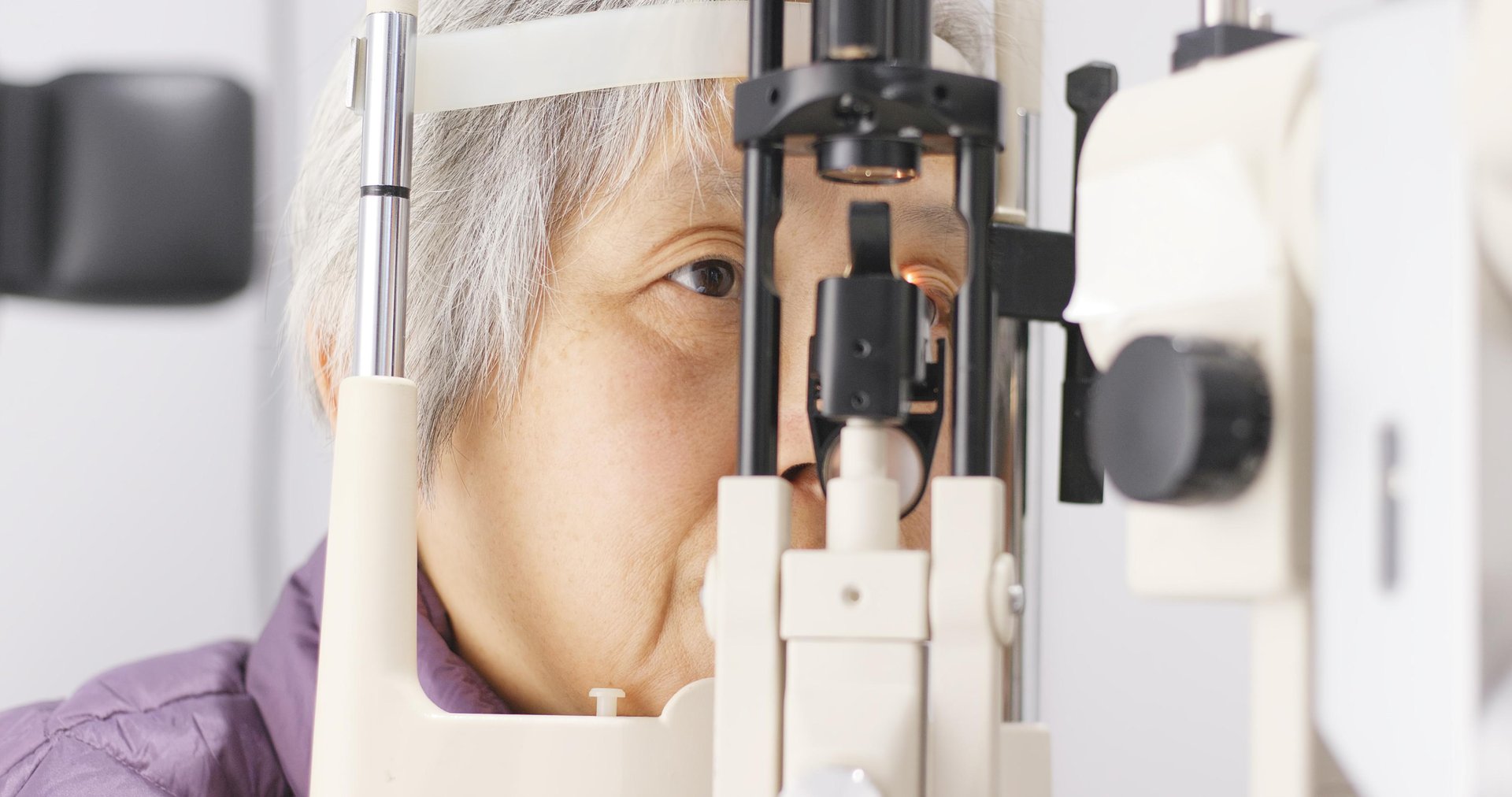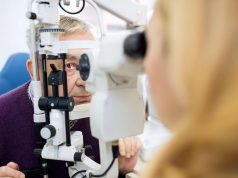All three algorithms trained on fundus images with clinical features achieved high diagnostic accuracy for NTG conversion
By Elana Gotkine HealthDay Reporter
FRIDAY, Nov. 3, 2023 (HealthDay News) — Deep learning models trained with fundus images and clinical data can predict whether normotensive glaucoma suspect (GS) eyes will convert to normal-tension glaucoma (NTG), according to a study published online Nov. 2 in the British Journal of Ophthalmology.
Ahnul Ha, M.D., from Jeju National University in South Korea, and colleagues reviewed datasets of 12,458 GS eyes to assess performance of deep-learning models for prediction of conversion to NTG. A total of 210 eyes (105 eyes showing NTG conversion and 105 without conversion) were included and were followed up for a minimum of seven years or longer, during which time intraocular pressure (IOP) was lower than 21 mm Hg. The features of two fundus images were extracted; together with 15 clinical features, they were used to predict NTG conversion. Three machine learning classifiers (XGBoost, Random Forest, and Gradient Boosting) were used to perform prediction.
The researchers found that high diagnostic accuracy was achieved for NTG conversion prediction with all three algorithms. The areas under the curve varied from 0.987 (Random Forest trained with both fundus images and clinical features) to 0.994 (XGBoost trained with both fundus images and clinical features). For time to NTG conversion, the best prediction performance was seen for XGBoost (mean squared error, 2.24). For time-to-conversion prediction, the top three important clinical features were baseline IOP, diastolic blood pressure, and average circumpapillary retinal nerve fiber layer thickness.
“Our results suggest that deep learning models that have been trained on both ocular images and clinical data have a potential to predict disease progression in GS patients,” the authors write.
Copyright © 2023 HealthDay. All rights reserved.








